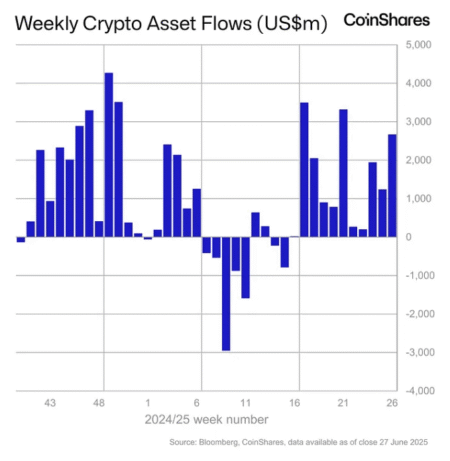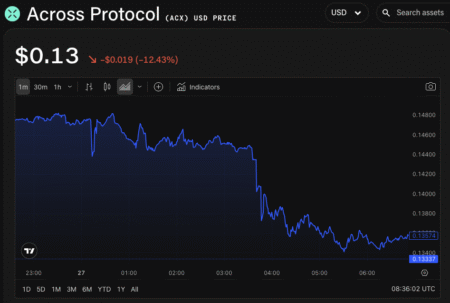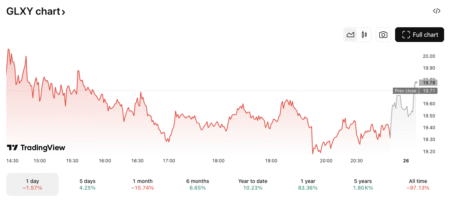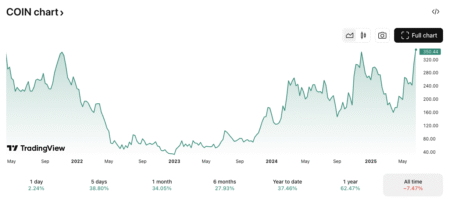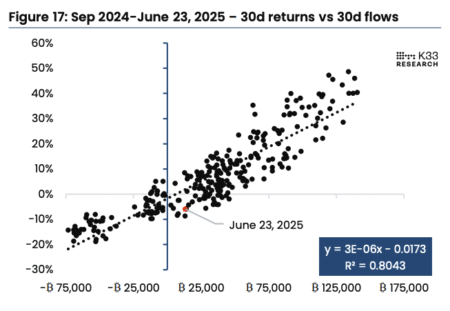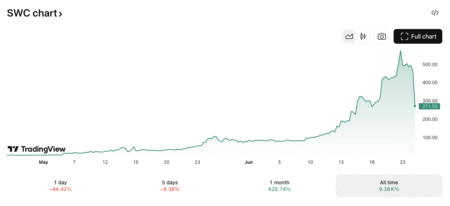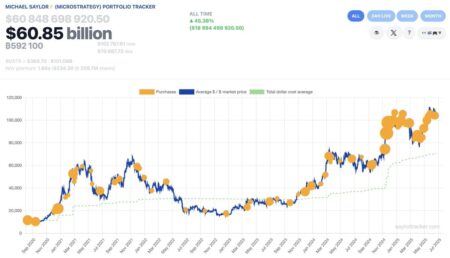Gold vs. Bitcoin: The Safe Haven Debate Intensifies
Recent analysis from JPMorgan highlights a significant trend in the investment landscape, where gold is experiencing a surge in safe haven demand, contrasted sharply with bitcoin’s decline in interest and investment inflows. As macroeconomic uncertainties loom, investors are gravitating toward traditional assets like gold for security. This article delves into the implications of these trends, particularly as they relate to Bitcoin’s standing as a potential alternative or competitor to gold.
The Rise of Gold Investments
According to JPMorgan analysts led by Nikolaos Panigirtzoglou, gold has not only maintained but strengthened its appeal as a safe haven asset amidst turbulent market conditions. Recent reports reveal that global gold exchange-traded funds (ETFs) garnered approximately $21.1 billion in net inflows in the first quarter of 2025. Notably, $2.3 billion of this came from China and Hong Kong ETFs, signaling a robust demand for gold in these regions. This growth equates to around 6% of total assets under management for gold ETFs globally, suggesting that gold remains a go-to asset for wary investors.
Bitcoin’s Struggles in the Safe Haven Space
In stark contrast, bitcoin’s allure as "digital gold" appears to be waning. The same JPMorgan report indicates declining speculative interest in bitcoin futures and three consecutive months of outflows from bitcoin ETFs. Bitcoin has failed to capitalize on the safe haven flows that have buoyed gold investments. An underlying factor contributing to bitcoin’s stagnation is the increasing market breadth and liquidity issues, which make it less attractive during economic uncertainty compared to more traditional assets like gold, the Swiss franc, or the yen.
The Changing Narrative for Bitcoin
As of November 2023, analysts are beginning to question bitcoin’s narrative as a sound investment in uncertain times. Earlier assessments suggested that bitcoin could serve as a hedge against inflation and currency devaluation, much like gold has historically done. However, the market’s current dynamics indicate that gold is at the forefront of the debasement trade. Analysts have pointed out a critical support level for bitcoin at approximately $62,000, drawing attention to the cryptocurrency’s vulnerability if it cannot sustain this price level amidst heavier selling pressure.
The Outlook for Gold and Bitcoin
The contrasting trajectories of gold and bitcoin raise essential questions for investors. While gold has proven its mettle as a safe haven, bolstering its demand due to inflation fears and economic instability, bitcoin’s status remains uncertain. Currently trading around $84,300, bitcoin has shown mixed performance, gaining a marginal 0.5% in the past 24 hours. Nevertheless, the evident appetite for gold emphasizes a shift in investor sentiment, particularly as traditional forms of investment gain ground in times of crises.
Impact on Investment Strategies
For investors, the ongoing trends underscore the importance of asset allocation strategies in an unpredictable economic climate. With gold attracting a surge of interest and bitcoin grappling with diminished speculation and negative ETF trends, portfolios may need to be rebalanced. The shift towards gold may prompt investors to rethink their strategies, weighing the historical reliability of gold against the volatility of cryptocurrencies. In an era where safety nets are a priority, gold stands tall while bitcoin’s position remains increasingly precarious.
Conclusion: The Future of Safe Haven Assets
In conclusion, the contrasting demand for gold and bitcoin amidst macroeconomic fluctuations raises critical insights for investors navigating the financial landscape. As gold continues to capture significant inflows and establishes itself firmly as the asset of choice during uncertain times, bitcoin’s narrative faces mounting challenges. Whether this trend continues hinges on broader economic developments and how Bitcoin responds to market pressures. As the debate between traditional assets and cryptocurrencies unfolds, the lessons learned could reshape future investment strategies in a world increasingly focused on safety and stability.










